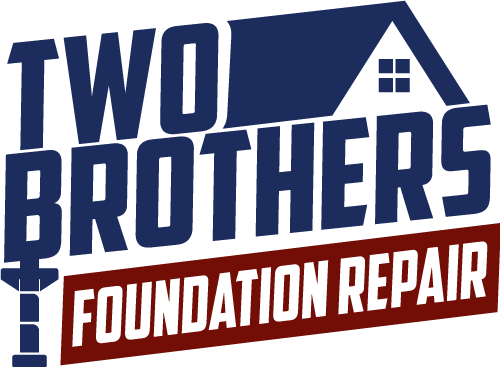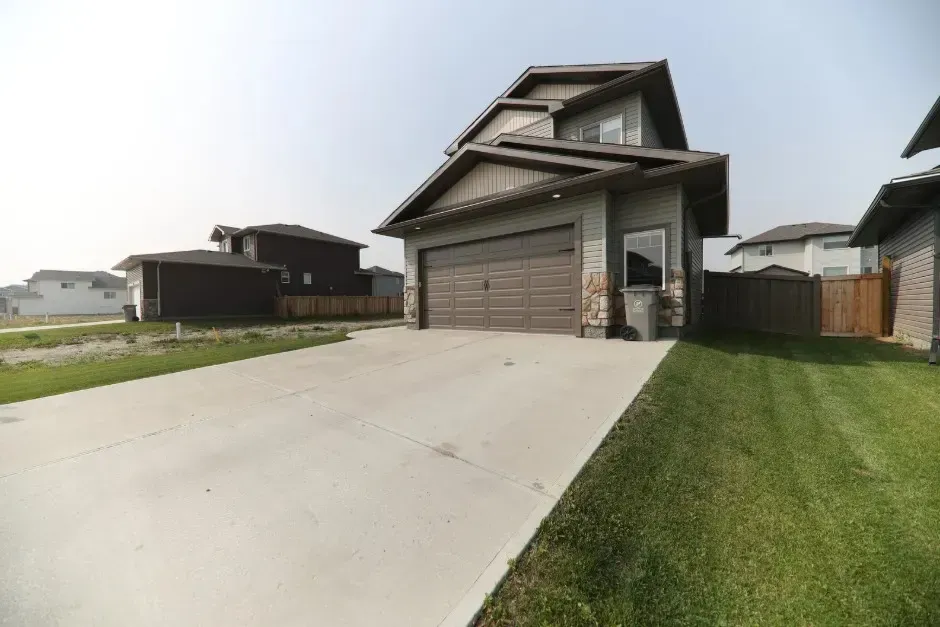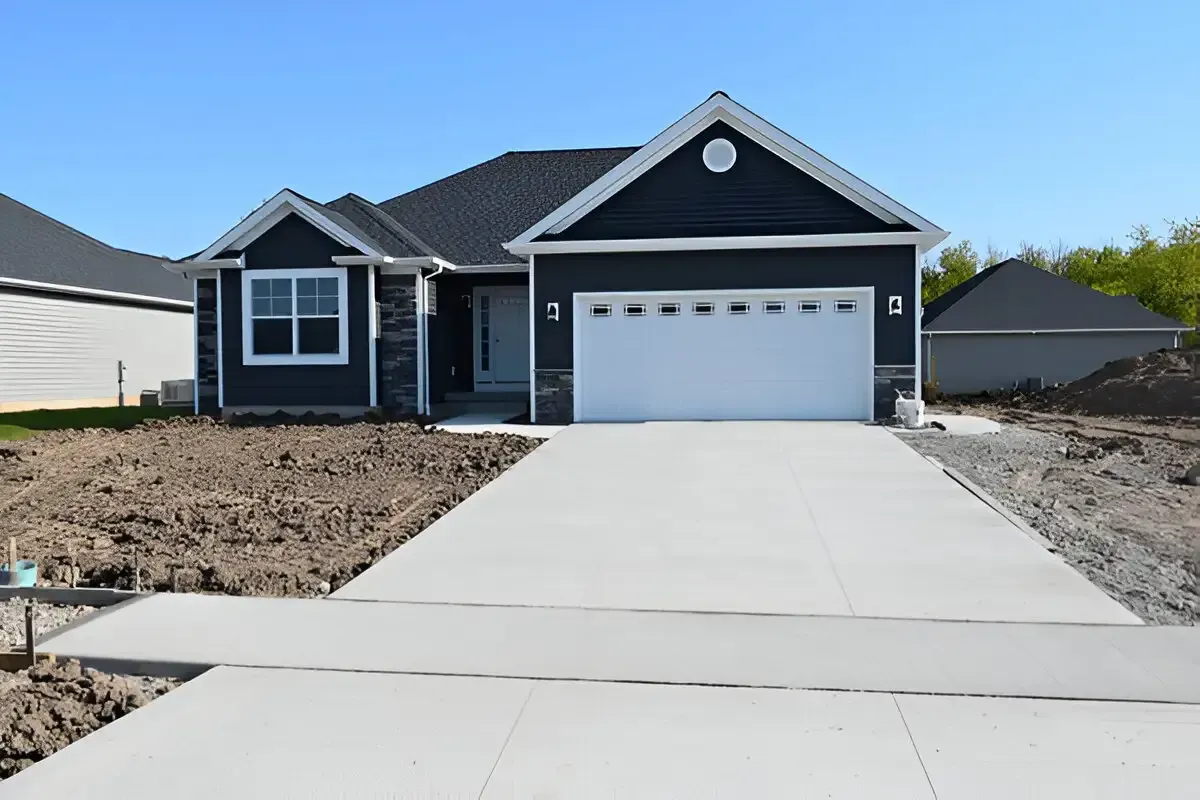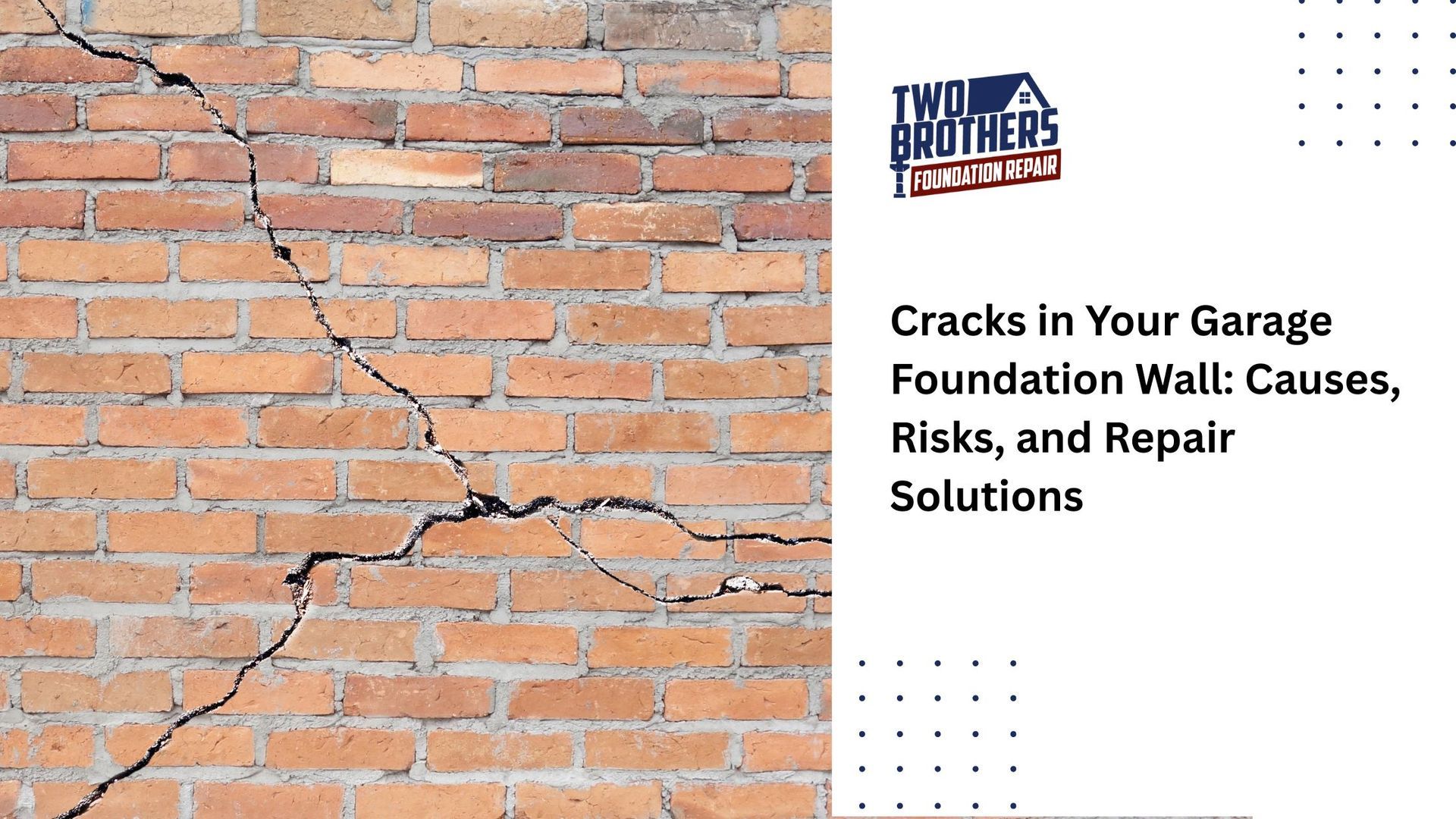Common Foundation Repair Methods
Your home’s foundation is the key to its stability and safety. When cracks appear in your walls or floors start to slope, it's a clear sign that something's off. Ignoring these issues could lead to bigger, more extensive and more expensive problems down the road.
The right foundation repair method depends on various factors like soil conditions, the extent of the damage, and the type of foundation your home has. Understanding your options and the best approach to repair is important for preserving your home's integrity.
In this article, we'll walk you through some of the most common foundation repair methods, so you can make the best decision for your home’s long-term stability.
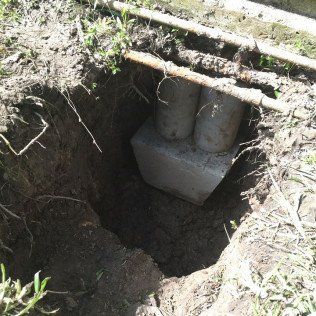
Common Types of Foundation Repair Solutions
While no foundation problems are exactly the same, foundation repair companies like Two Brothers Foundation Repair utilize a range of advanced techniques to address foundation issues effectively.
Here’s an overview of our most trusted methods:
Steel Piers
Steel piers are essentially galvanized steel pipes pressed into the ground and filled with concrete to hold up structures and provide support.
Steel piers are typically used for foundation stabilization in areas where the soil is shifting or weak, steel piers are able to go as deep as 75 feet making them perfect for this purpose.
Helical Piers
Helical piers, or screw piles are both names for steel shafts with a series of helical-shaped blades that are screwed deep into the ground. Screw piles require minimal excavation and can anchor firmly to the soil due to their spiral design.
These are utilized where underlying soil structure is unstable and difficult to pierce with traditional methods. They can also be used to support retaining walls, decks and other structures.
Concrete Piers
There are usually two types of concrete piers: poured concrete and pressed concrete piers.
Poured concrete piers are created by drilling cylindrical holes below the foundation to a suitable depth and then pouring in liquid concrete to form the piers. While pressed concrete piers use precast concrete segments that are already cured before installation.
Concrete piers are commonly used in foundation repair for houses with concrete slab or pier and beam foundations. They are designed to reinforce concrete and prevent settling.
Polyurethane Foam Injection
Polyurethane injections are made of polyurethane resin that expands to effectively fill any gaps.
Contractors will use it for slab lifting (slab jacking, discussed below) by drilling small holes into the concrete slab before injecting them with polyurethane foam. The foam fills the voids, lifts the slab and provides long-lasting support.
These injections work great for houses where the soil structure has become unstable and the house needs a little boost. It's also an effective solution to prevent water infiltration.
Slab Jacking/Mud-jacking
Slab jacking, often referred to as mud-jacking, is a specialized technique where several holes are drilled into the foundation and a mixture of water and foam is injected into the foundation to compact underlying loose soil after which the holes are then plugged.
This technique comes in handy in areas where concrete slabs have settled due to soil erosion, compaction and other factors.
Carbon Fiber Straps
Carbon fiber straps are a newer and innovative method of repairing foundation walls. It makes use of lightweight, high-strength straps secured with epoxy resin to stabilize the wall and prevent further movement.
These are used for wall stabilization and foundation reinforcement where walls have caved or cracked. It is a discrete and durable method that requires no excavation.
Wall Anchors
Wall anchors are a foundation repair technique where a threaded steel rod is attached to connect the interior wall plates to the exterior anchor plates buried in the soil, thereby creating tension to restore the walls' stability over time.
This method is a good solution for basement wall repair and retaining wall stabilization. It can repair anywhere from moderately to significantly damaged walls and is a long lasting solution.
Soil Stabilization
Soil stabilization is a process that involves chemical treatments to the soil, also known as grouting, to improve soil strength and reduce movement.
The method works best for homes built on expansive soils and can even be used to treat sinkholes. It can also effectively prevent further foundation issues by stabilizing sinking soil.
Common Signs Your Foundation Needs Repair
Signs of foundation damage can often manifest as smaller concerns like sticking doors or windows but these issues can be initial signs of more serious structural damages. Some of these signs include:
- Vertical or horizontal cracks in your home's walls, indicating foundation damage.
- Floors that are sloping or tilting can be signs of settling.
- Sticky doors and windows may be caused by a shifting foundation.
- Too much moisture, mold or mildew present in your basement can be signs of water damage.
If you’ve come across any of these signs, it's important for you to act fast, ignoring these smaller issues can lead to much bigger and costlier repairs in the future.
Factors That Determine the Best Foundation Repair Method
No two foundation problems are the same. The right repair approach can vary depending on factors like soil conditions, foundation type, weather patterns and the severity of damage.
For example clay soils and sandy soils have different properties, one provides more stability while the other works better with moisture. Additionally weather changes can also affect soil movement if you live in an area prone to heavy rainfall, droughts or temperature fluctuations.
Different foundation types and the extent of the damage caused to them are also important factors that determine the necessary approach to maintain structural integrity.
How to Choose the Right Foundation Repair Method
Choosing the right foundation method is essential for your home’s continuing stability and safety. There are multiple solutions available to address different issues with your home’s foundation, each offering different benefits and costs.
To figure out which repair method is right for your home, start by identifying the exact problem.
Are you dealing with foundation cracks, sinking, or shifting? Each issue has a solution, and knowing the root cause helps narrow down your choices.
That said, foundation repair isn’t a DIY project. Attempting to fix major foundation issues without professional help can lead to even bigger problems. That’s where a foundation repair expert comes in.
A qualified technician will inspect your property to not only identify the root cause of the issue but also recommend the most suitable methods based on your needs and budget.
Why Professional Foundation Repair Matters
While hiring professional contractors may seem like a costly choice when considering foundation repair, they can provide many benefits that the DIY method simply cannot.
By hiring an expert you make sure that your home will get an accurate assessment, long-lasting results and strict adherence to safety standards.
Expert contractors are able to identify the root cause of your foundation damage and implement reliable foundation solutions as opposed to the guesswork involved in DIY.
Additionally, professional contracts have the right licensing and insurance coverage to protect clients from liability in case of accidents or damages throughout the repair process.
All things considered, having expert involvement in your foundation repair not only ensures safety and reliability but also gives you peace of mind knowing your home is in experienced hands.
Get Expert Help for Your Foundation Issues
Foundation repair is a big job, and it’s not something you want to leave to chance. If you're seeing signs of trouble, it’s time to bring in the experts.
At Two Brothers Foundation Repair, we specialize in diagnosing and fixing foundation problems with reliable solutions that last.
If you’ve noticed cracks, uneven floors, or any other foundation issues, don’t wait until it gets worse.
Schedule a free inspection with us today. Our team will assess your property, pinpoint the cause of the problem, and recommend the right repair method for your budget and needs.
Get the peace of mind that comes with working with professionals who know exactly how to tackle your foundation concerns.
